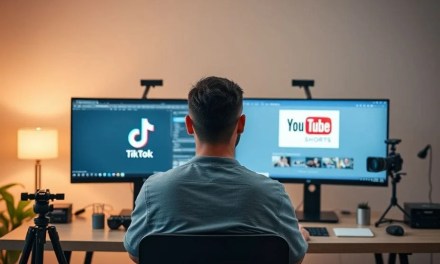
Discover, Read & Share Blogs That Inspire
Join a community where bloggers and readers connect. Fresh ideas, trending topics, and powerful stories—all in one place.
All
- Featured
The Creator’s Guide to Small Kitchen Lighting
You’ve just spent an hour plating a perfect brunch. The avocado toast is stacked just right, the...
- Blogging Topics
Faceless Content Ideas: Aesthetic POV & Hands-Only Shots
Imagine this: it’s a Sunday morning. You’ve just brewed your favorite cup of coffee. Sunlight...
- Health
Working Online Without Letting Your Job Define You
When Your Online Work Starts Feeling Like You Working online offers freedom, flexibility, and...
- History
- Business
- Tech & AI
- Politics
- Sports
- All
- Lifestyle
10 Rare Languages on the Endangered Languages List Worldwide
Imagine opening a book and finding entire chapters of human history missing. That’s what happens...
Fashion Content Marketing Using Pinterest’s Evergreen Power
You publish a fashion post you’re proud of. The photos are strong. The outfit works. As part of...
Protect Content From AI Scrapers: Writer’s Guide
Your Content Is Being Scraped Right Now The first time I realized I needed to protect content from...
Hidden History: 4 Women Leaders Who Shaped the World
When we think of political power or global leadership, the spotlight tends to land on the same few...
10 Oldest Sports in the World That Are Still Played Today
The oldest sports in the world aren’t just dusty relics tucked away in history books; they’re...
Fashion Content Marketing Using Pinterest’s Evergreen Power
You publish a fashion post you’re proud of. The photos are strong. The outfit works. As part of...
Working Online Without Letting Your Job Define You
When Your Online Work Starts Feeling Like You Working online offers freedom, flexibility, and...





















































































































































